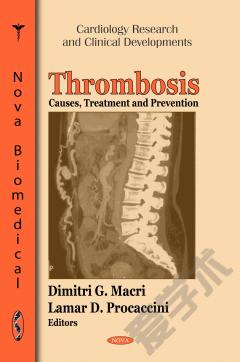Accidents:Causes, Analysis and Prevention
In the last decade, nearly every state in the U.S. has introduced a Graduated Driver Licensing (GDL) program to limit the exposure of teenage drivers to high-risk conditions during the first years after licensure. This book evaluates the effectiveness of GDL programs in reducing teen traffic fatalities over the period between 1992 and 2006. This book also investigates the psychological functions of driving and risky driving as perceived by adolescents and the factors underlying psychological functions of driving and risky driving. Furthermore, the impact of accident duration on traffic congestion is also analyzed, as well as the multiple factors that may affect driving performance. Other chapters in this book examine the injury risks experienced by vulnerable road users and challenges in obtaining accurate information on the magnitude and circumstances of their crashes, studies where human factors related to occupational accidents are analyzed, and an evaluation of the factors that are associated with the risk perception to have night-time car crashes in young drivers, as well as the strategies most commonly used to counteract sleepiness at the wheels. Implications of the study on road safety and recommendations for future research are also discussed.
{{comment.content}}








 京公网安备 11010802027623号
京公网安备 11010802027623号